
The Business of Fashion
Agenda-setting intelligence, analysis and advice for the global fashion community.

Agenda-setting intelligence, analysis and advice for the global fashion community.
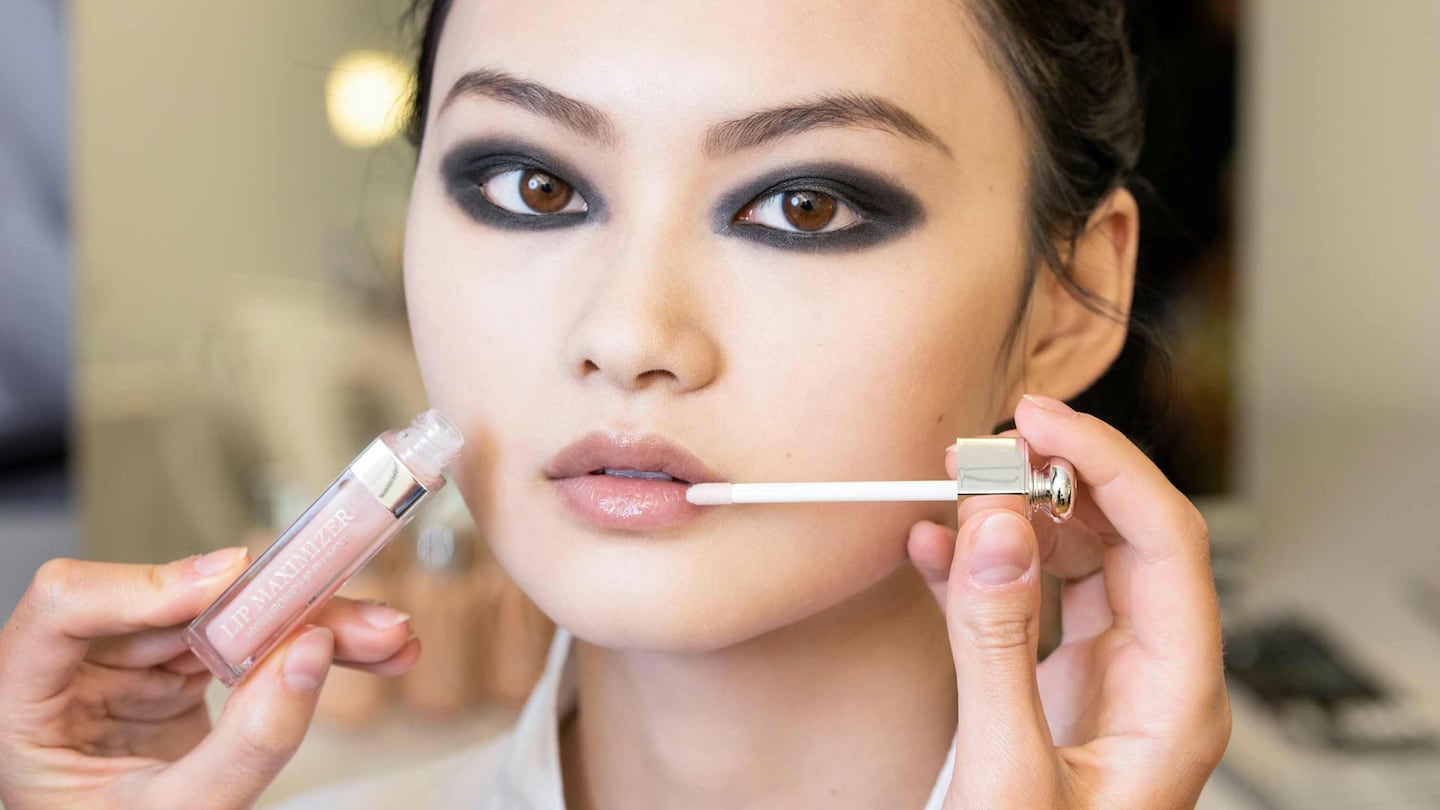
BEIJING, China — Jing Wen was perhaps the most sought-after Chinese model at the Paris haute couture shows, walking for Dior, Chanel and Alexandre Vauthier earlier this month. Despite her success, and that of compatriots such as Tang He, He Cong and Shuping Li, the number of Chinese models representing global fashion brands has not kept pace with China's growing share of the fashion market.
China is responsible for over a third of luxury sales and over 15 percent of sales in the wider fashion sector. In both instances, it is now the largest market in the world. Yet Chinese models hold only about three percent of the top spots on fashion intelligence consultancy IFDAQ’s databases and only four percent of the top ranks on models.com.
Among IFDAQ's rankings, which take into account brand campaigns, fashion shows, magazine covers and influence, there are no Chinese models in the top 50. Fei Fei Sun is ranked 51st, Liu Wen 56th, and Ming Xi 74th. Even with her rising profile, Jing Wen ranks just 152nd. Models.com uses different methodologies to rank models, but by no metric do Chinese models even come close to reflecting the proportion of industry sales to Chinese consumers. Zero of the 17 so-called "Legends", just two of 17 "New Supers" (Liu Wen and Fei Fei Sun) and only one of 42 "Industry Icons" (Du Juan) are Chinese.
While the size of the Chinese market would seem to present a compelling case for including more Chinese faces, especially in the midst of a massive industry drive towards greater inclusivity, Chinese audiences can take a view on representation that confounds misguided but well-meaning brand executives.
ADVERTISEMENT
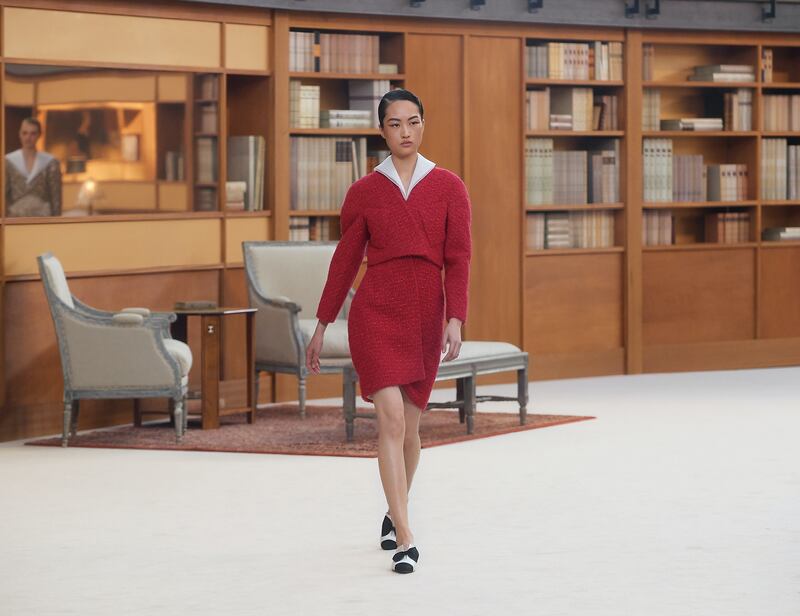
Jing Wen walking for Chanel Haute Couture Fall/Winter 2019 | Courtesy: Chanel
In some cases, Chinese consumers have actually pushed back against global brands’ efforts to introduce Chinese faces when they aren't in keeping with local followings and aesthetics. Despite her popularity among the masses, Chinese mega-celebrity Angelababy was deemed too ‘cheap’ by some netizens to be a brand ambassador for Dior. Other Chinese consumers were disappointed with the choice of Ming Xi, who walked for Victoria’s Secret in Shanghai.
Brands might look beyond fashion to understand how to strike the right balance. Disney's casting of Liu Yifei (also known as Crystal Liu), for instance, in the starring role of the film Mulan was widely praised on the Mainland.
Chinese consumers already see themselves as being part of Western brands.
Context is key, says Dr Jaehee Jung, Professor of Fashion and Apparel Studies at the University of Delaware. “When I did interviews with Chinese young women enrolled in Shanghai University, many mentioned Angelababy as their ideal beauty among other celebrities,” she says. However, she cited research showing that when it comes to choosing a face for certain Western brands, “casting Caucasian models rather than local Chinese models seems to be more appealing to [some] Chinese consumers."
Yu Zheng, a blogger and influencer who has over 9 million followers on his FashionModels Weibo channel, points out that there is often a financial incentive. “[At the lower end of] the Chinese modelling market, the prices of some European and American models can be lower than that of Asian models, which makes it a more economical choice for some emerging brands – even though I have always encouraged Chinese brands to choose local models.”
While the right Chinese casting can of course be a huge hit, some consumers in China's lower tier cities continue to associate a European campaign face with the European heritage of many luxury brands. This can skew the bigger picture.
IFDAQ's data places American model Grace Elizabeth as the top-performing model in Beijing based on publication performance, influence shares and demand value in the 18 months to July 5, 2019. "Chinese consumers already see themselves as…being part of Western brands," offers
Chen Yu, a model who was born in Yantai, China, and is now represented by State Management in New York and Urbn in Milan says that like many of her peers, she would be glad to see global brands hire more Chinese models.
ADVERTISEMENT
However, according to Yu Zheng, “it's not just a matter of nationality, but whether the Chinese models they choose will really satisfy Chinese consumers, rather than some stereotype used when choosing a face that doesn't fit the Chinese aesthetic. You know, many of the [Chinese] supermodels who have become popular in foreign high-end fashion circles are not popular with Chinese commercial fashion brands either,” he explains.
Iva Mirbach, Head of Research & Innovation at IFDAQ, ays that while European brands have typically cast more Asian models in response to increased sales in the Asia Pacific region, “ even [when brands] don’t book Asian models, their revenue increased anyway.”
When foreign brands do cast Chinese models, Chinese consumers often prefer them to stay within somewhat narrow bounds of beauty.
While Fenty received plaudits from English language media for leaving the scars of South Sudanese model Aweng Mayen Chuol visible in close ups of the brand's earrings last month, Zara came under fire in China simply for showing Jing Wen's freckles in February. Commenters on Chinese social media said it was "misleading" and "discriminatory" to show Li de-freckled by foundation or Photoshop.
According to some high-profile Chinese fashion industry leaders, the backlash from the latter example can partly be explained by the fact that Zara is a foreign brand. The implication being that if it were a popular Chinese brand trying to push the boundaries of beauty standards from within, then that may have been received more positively than a brand seemingly imposing them from abroad.
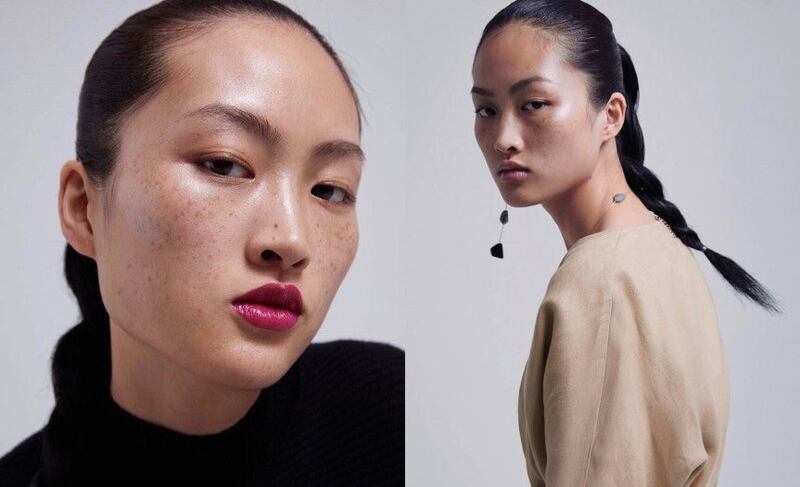
Zara's beauty campaign featuring Jing Wen | Source: Zara
Nevertheless, there is less appetite for diverse kinds of beauty in China, claims Yantai-born model Chen Yu. “When global brands go to China, some of them make a good impression because they take their time to learn about Chinese consumers and what they think,” she says. “They don’t just project their own thoughts on what the market should know.”
Not everyone’s definition of beauty in China is so narrow that it excludes freckles, of course. “We’re a big country and we have a lot of people,” says Jenny You, a former booker for Elite China who founded her own agency, Lacoco, representing foreign models in Beijing in 2016. “Some of them [just] say really stupid things on social media,” she adds, referring to those who were upset about Zara's campaign.
ADVERTISEMENT
And yet, You acknowledges that commercial realities in China sometimes push brands away from using Chinese models, especially at the lower end of the market. Many domestic brands selling on Taobao, for instance, still prefer to present themselves as European as a proxy for quality since most popular luxury brands are European in origin. It is a way to appear more upmarket than they really are.
There is a disconnect between the type of Chinese beauty favoured by Chinese consumers and the type that is celebrated by the fashion industry abroad.
These “very, very commercial [local] brands still use Caucasian models,” says You. A similar approach has been taken by local brands in Japan, South Korea and other Asian countries.
But the bigger issue seems to be the disconnect between the type of Chinese beauty favoured by Chinese consumers and the type of Chinese beauty that is celebrated by brand executives, photographers and other fashion industry leaders abroad.
Interestingly, in the absence of a big inclusivity movement in China, an appetite for the exotic and the privileging of ‘Western’ beauty has begun to open the door for Uighur and Kazhak models, ethnic minorities from the North and West of China, at least for commercial jobs.
Xinjiang models Na Di and Shereen and actresses Gülnezer Bextiyar and Dilraba Dilmurat are among those who have broken through domestically. Dilmurat has also acted as a brand ambassador for L’Oréal, Mikimoto and Dolce & Gabbana.
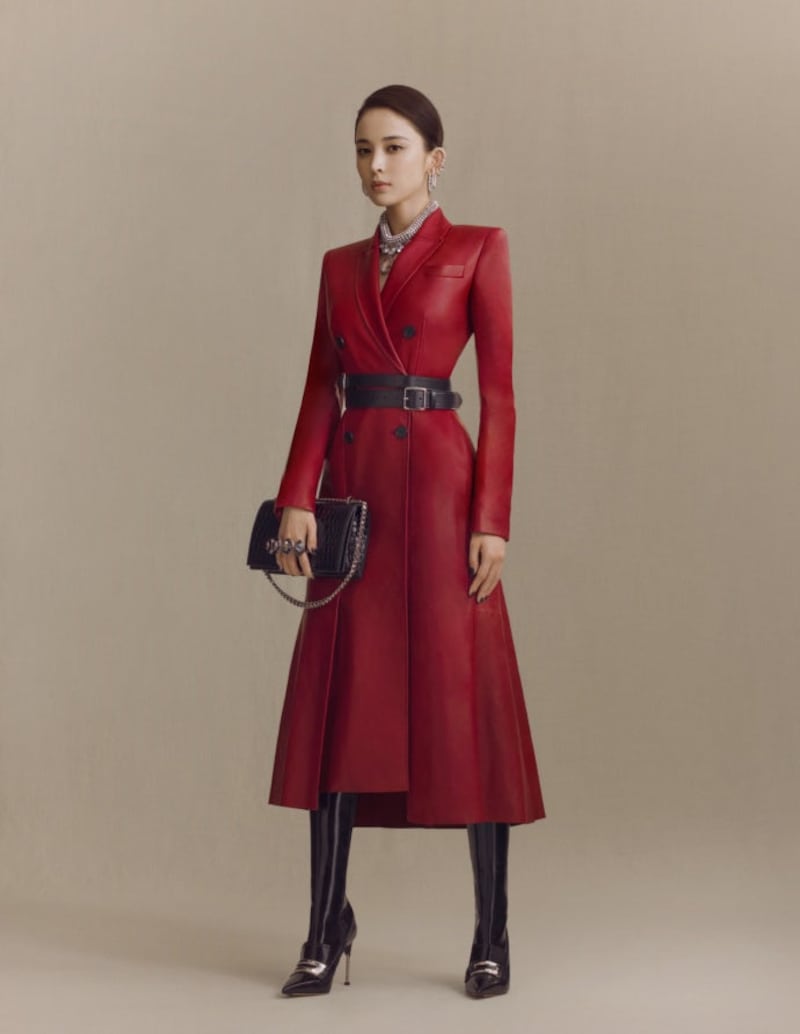
Gülnezer Bextiyar for Alexander McQueen | Source: Alexander McQueen
Lynn Lin, who worked for Esee Model Management for six years before striking out on her own, says models from Western China “look mixed, so maybe it’s easy to call them commercial models, with beautiful faces, beautiful eyes.”
Guli Nu'er, a Xinjiang-born influencer who vlogs on Weibo, says clients have often perceived her as mixed race in the past, a misattribution which sometimes works in her favour. "I don't have a strong feeling about it," she says.
Despite this local phenomenon, at the top levels, Chinese models are almost exclusively Han Chinese. “There are fewer models from Xinjiang and Inner Mongolia doing high fashion,” Lin says.
Han Chinese are just one of 56 official ethnic groups in China, though they’re by far the largest, with over 90 percent of Chinese citizens identifying as Han. Ethnic minorities therefore constitute approximately 139 million people, counting groups as diverse as the Zhuang, Hui, Miao, Uyghur Muslims, Tujia, Mongols and Tibetans.
That leaves a discrepancy between foreign brands, who tend to cast more visibly ‘Eastern’ looking Chinese models, and Chinese consumers, who sometimes prefer Chinese models who don't. In some ways, it is the inverse of Western beauty tropes which hold mildly exotic features in high regard.
Chen Yu says He Cong, for example, is “super beautiful” but also “a little bit alien-looking. She does have traditional beautiful eyes — her eye corners go upwards — but her cheekbones are well defined, and traditionally Chinese don’t like such sharply defined cheeks. They like more of an apple-cheeked, rounded cutie.”
Casting Chinese models to satisfy Chinese consumers' complex and sometimes contradictory tastes has become something of a minefield.
The differences between Eastern and Western beauty standards are compounded by an issue the same the world over — that fashion insiders tend to have a different view on beauty than the consuming masses they are supposed to serve.
As a result, casting Chinese models to satisfy Chinese consumers' complex and sometimes contradictory tastes — while gaining plaudits from Chinese fashion industry insiders and the Asian diaspora in the West — has become something of a minefield. Meanwhile, there is reason to believe the boundaries of beauty are expanding in China. Thankfully, says Chen Yu, "within the past three or four years I've seen major changes on social media and even on TV."
Additional reporting by Queennie Yang
时尚与美容
FASHION & BEAUTY
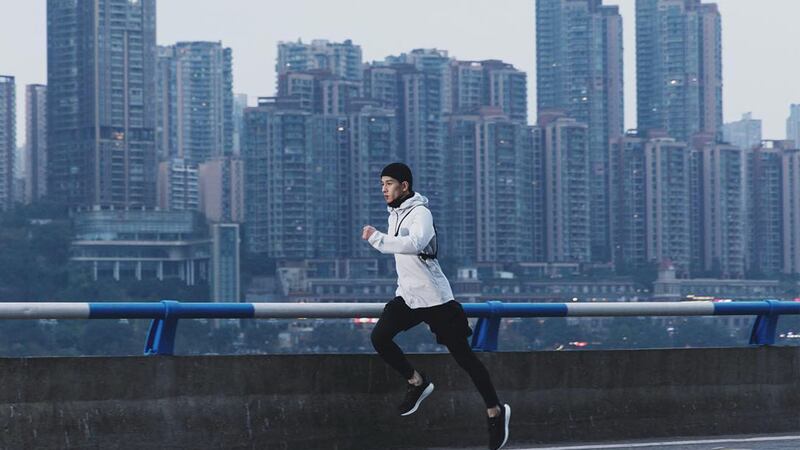
ANTA Sports advertisement | Source: @antasportsofficial Instagram
Anta Sports Loses $1.5 Billion in a Single Day’s Trading
On July 7, Chinese sportswear giant Anta Sports Products Ltd saw its share price fall by almost 9 percent, wiping 10.9 billion yuan ($1.58 billion) from the company's market value before trading was suspended. This followed an allegation from short-seller Muddy Waters that Anta had manipulated financial information. The charge was denied by the company in filings to the Hong Kong Stock Exchange submitted July 8. It's not the first time doubt has been cast on the veracity of Anta Group's financials, as China's most valuable sportswear company engages in cutthroat competition with international giants Nike and Adidas, as well as resurgent compatriot, Li Ning. (BoF China)
Chinese Court Decides Against Chanel in “Double C” Trademark Case
In a case first bought by Chanel against Chinese jewellery store operator Ye Mouzong in 2016 for selling jewels set in a "Double C" style, the Guangzhou Intellectual Property Court decided the latter did not infringe on Chanel's exclusive right to use its registered trademark. According to the judgement, there was no evidence that "the average consumer with a general level of awareness will think they are buying Chanel products." Chanel was seeking around 100,000 yuan ($14,500) in compensation — small beans for a company that sold $11 billion of luxury goods last year — in line with the house's zero tolerance policy for trademark infringement, which sees it regularly fronting court in China and around the world. (Jiemian)
Harrods' New Beauty Hall Takes Aim at Chinese Millennial Consumer
The London department store — which saw Chinese consumers overtake Brits as their biggest source of sales in 2017 — launched its revamped beauty hall last month, with exclusive touches designed to attract big-spending young Chinese. "Our brand offering reflects familiar names for a Chinese consumer, as well as a number of new brands we're excited to introduce to our Chinese clients, which are not available in China, such as Fueguia 1833 and La Bouche Rouge," Annalise Fard, Harrods' director of beauty, accessories, fine jewellery and watches told BoF. Retail insiders will be watching to see if the storied British department store continues to attract younger clients from China with its AI technology, personalisation and brand assortment. (Harrods)
科技与创新
TECH & INNOVATION
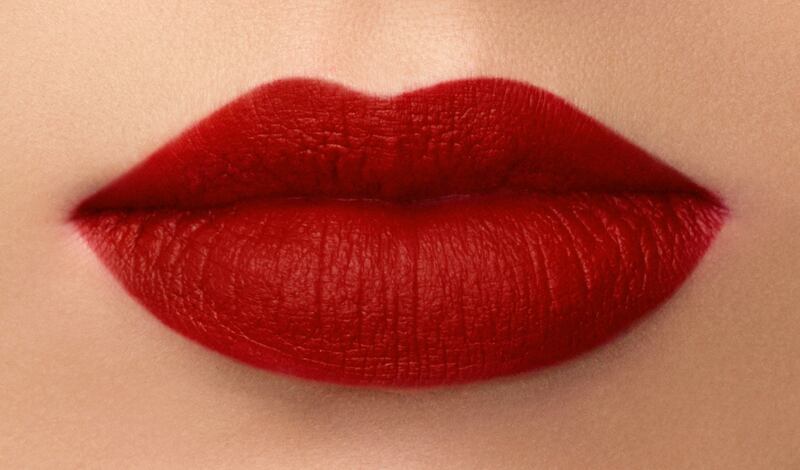
Armani Lipstick | Courtesy: Armani
Armani Debuts Augmented Reality on WeChat Mini Program
A new era for WeChat mini programs has arrived with augmented reality (AR) effects now available to brand developers. Armani Beauty was the first brand to launch an AR-enabled mini program that allows consumers to virtually try on all 23 of its lipstick with a self-facing camera. Customers using the AR overlay can purchase the makeup immediately within the WeChat app, in a model being called "Try Now, Buy Now" — the next iteration of the locally successful "See Now, Buy Now" model. (KR Asia)
JD.Com’s Luxury App to Cease Operations This Month
Chinese e-commerce giant JD.com will close its luxury e-commerce app, Toplife, on July 21, following its integration into Farfetch China's operations. JD.com is Farfetch's largest shareholder, investing $397 million in 2017, and in February this year, they sold Toplife to Farfetch for a reported $50 million, only 18 months after Toplife and Alibaba's Luxury Pavilion had launched to great fanfare and begun something of a Chinese e-commerce luxury arms race. That race will now be run by Farfetch's Chinese operations, which have the advantage of international reach, with 1,000 brand and boutique partnerships worldwide. (Jiemian)
Bytedance Hits 1.5 Billion Users
Bytedance, the parent company of popular short video platform TikTok (known within China as Douyin), reported on July 9 that monthly active users across its portfolio of apps has reached 1.5 billion worldwide – 500 million more people than the company reported in January. More than 700 million people now use Bytedance apps each day, nearly half of whom are TikTok users. Unlike other Chinese tech giants, Bytedance has been able to take its major product global, with its short video apps being embraced by younger social media users around the world. (Caixin Global)
消费与零售
CONSUMER & RETAIL
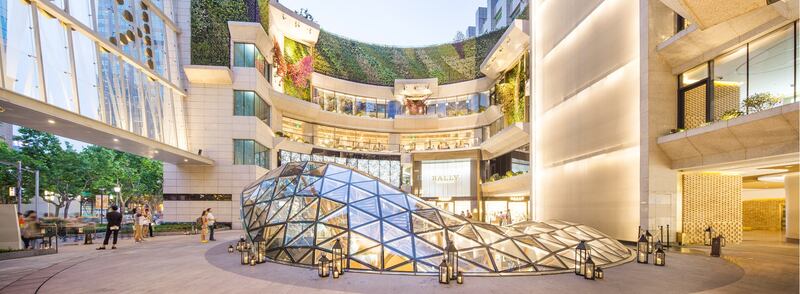
Shanghai's K11 Mall | Courtesy: K11
Art Might Be Saving Malls in China
Cultural capital is en vogue among China's middle class, especially in the world of retail. Links between the luxury and art worlds run deep and are well fortified not only by foundations run by luxury houses – Prada, Louis Vuitton and Cartier – but also by regular exhibitions in which artists reinterpret the work and codes of fashion houses. The tie up is particularly strong in China, where Adrian Cheng's K11 "art malls" have found favour with mall-goers seeking lifestyle experiences alongside their shopping. K11 currently has art malls in Shanghai, Wuhan, Shenyang and Guangzhou, with 29 China projects to be completed by 2024. (Jing Daily)
Walmart to Pour $1.2 Billion into China
The US retail giant plans to invest around 8 billion yuan ($1.2 billion) in distribution centres in China over the next two decades, a logistical necessity to boost grocery deliveries across the vast country. Walmart has already invested 700 million yuan ($102 million) in building a distribution centre for perishables in the south of China as it tries to cater to customers who are increasingly shopping online. In other moves shoring up its Chinese business, Walmart has partnered with JD.com and invested more than $300 million in a Chinese delivery firm Dada-JD Daojia. Competition from local supermarkets and online rivals like Alibaba is fierce, but Walmart seems determined to go the distance in the mainland. (CNN)
China’s Belt and Road Initiative Boost Consumer Goods Supply to Neighbouring Countries
China's Belt and Road initiative — Beijing's initiative for global infrastructure development and investments in 152 countries and international organisations — stands to benefit the country's consumer product manufacturers, especially in the textiles, consumer electronics and coffee sectors. Across all three categories, Russia, Vietnam and Hong Kong will benefit from improved supply links, offering Chinese companies the opportunity to increase their exports to these markets or enter them for the first time. (Fitch Solutions)
政治,经济与社会
POLITICS, ECONOMY, SOCIETY
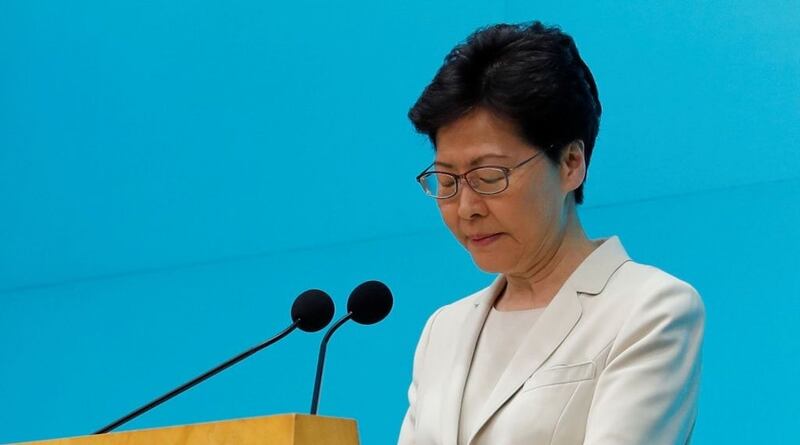
Carrie Lam apologising to the people of Hong Kong | Source: Reuters
Embattled Hong Kong Leader Says Extradition Bill Is “Dead”
Hong Kong Chief Executive Carrie Lam said on July 9 that a bill allowing extraditions to mainland China is effectively "dead," conceding that her government's work on the issue was a "complete failure." This comes in response to sustained public anger over a proposal that has sparked massive protests in the city in recent weeks. Despite these concessions, Lam declined to formally withdraw the bill from the legislative agenda or meet protesters' other demands, such as an independent inquiry into police use of force in quelling demonstrations. Though obviously intended as balm to protestors, Lam's credibility has suffered considerably among opponents of the bill. Joshua Wong, a prominent young activist, added in a tweet that Lam's declaration was a "ridiculous lie." (The Washington Post)
Some US Companies Will Be Able to Do Business with Huawei After All
The Trump administration has announced it will issue licences to allow American companies to continue doing business with Huawei, the Chinese telecom equipment giant, weeks after placing the company on a Commerce Department blacklist due to national security concerns. The move will potentially allow chip makers to continue selling certain technology to Huawei, after the US blacklisted the company in May over national security concerns. After meeting with Chinese President Xi Jinping last month, Donald Trump said that the United States would relax restrictions on Huawei as part of an effort to restart stalled trade talks with China, this move has China watchers expecting trade talks to resume sooner rather than later. (The New York Times)
Chinese Loans to the World Equal Six Percent of Global Economy
A new study from German think tank Kiel Institute shows that the world's debt to China grew tenfold between 2000 and 2017, from $500 billion to $5 trillion, with 80 per cent of emerging nations receiving Chinese funds. What's more is that as much as 50 percent of Chinese overseas funding is outside data captured by World Bank and IMF, raising concerns over transparency. Djibouti, Tonga, the Maldives, the Republic of Congo and Kyrgyzstan are the top five borrowers of Chinese state funds as a share of GDP, according to Kiel Institute analysts. China's Belt and Road Initiative is set to see continued exponential growth in overseas lending for the foreseeable future. (SCMP)
China Decoded wants to hear from you. Send tips, suggestions, complaints and compliments to our Shanghai-based Asia Correspondent casey.hall@businessoffashion.com.
With consumers tightening their belts in China, the battle between global fast fashion brands and local high street giants has intensified.
Investors are bracing for a steep slowdown in luxury sales when luxury companies report their first quarter results, reflecting lacklustre Chinese demand.
The French beauty giant’s two latest deals are part of a wider M&A push by global players to capture a larger slice of the China market, targeting buzzy high-end brands that offer products with distinctive Chinese elements.
Post-Covid spend by US tourists in Europe has surged past 2019 levels. Chinese travellers, by contrast, have largely favoured domestic and regional destinations like Hong Kong, Singapore and Japan.